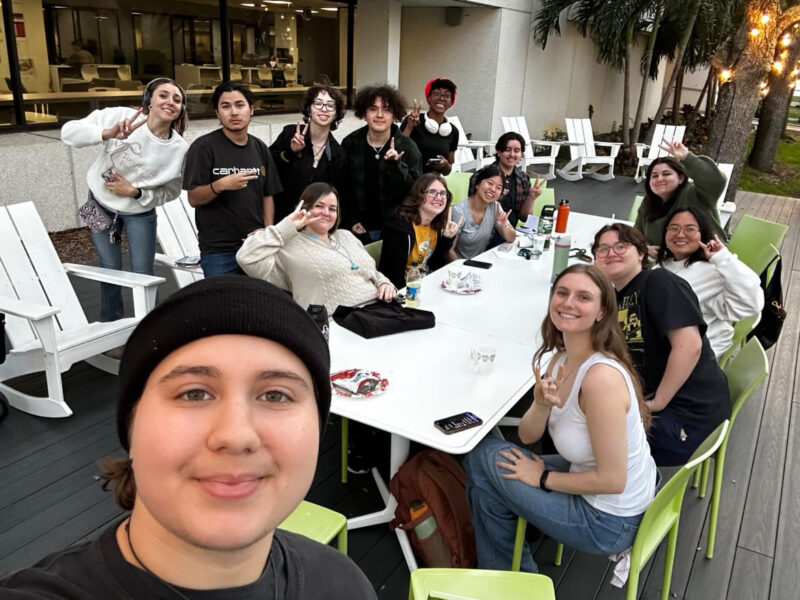By Kayla Jensen
A great man once said, “Cauliflower (is) nothing but cabbage with a college education.”
Surely, Mark Twain meant a far deeper and less literal interpretation than college students trying to make most out of a static dining menu.
A requirement of on-campus living is registering for a dining plan, where all students must purchase one of three dining plan options. Since the majority of students living on-campus don’t typically venture off campus to eat, they primarily get food from the Reef, the university’s cafeteria in the USC building.
While the Reef’s entree station changes menus daily, the rest of the stations maintain the same options, for the most part.
Eating the same meals day-in and day-out can become repetitive. For many vegans or vegetarians, finding replacements can be difficult at first.
But students learn to get creative and the Reef staff is generally more than willing to accommodate.
If college students know how to do anything, it is to innovate on a budget.
During long hours of studying, Danni Lysik, a sophomore marketing major, often enjoys guacamole made from Reef ingredients. She orders a whole avocado, diced on request. Placed in a soup cup, she then adds tomatoes from bar and salt to taste.
This, she says, is a great addition to many of the Mexican dishes offered at the Reef, like quesadillas, or on special “Taco Tuesday” nights. The recipe also goes great with handmade wraps and sandwiches from the deli.
At first glance, options might be slim for students on restrictive diets. Vegans and vegetarians often complain that they have a hard time finding tasty food. However, Meghan O’Quinn, a senior anthropology major, has discovered a few vegan alternatives for each meal.
For breakfast, O’Quinn recommends a tofu “scramble.” This delicious alternative to an egg breakfast classic is made with tofu, mushrooms, onions and peppers gathered from the salad bar. All of this is cooked with hot sauce on the grill.
For lacto-ovo vegetarians, people who eat eggs and dairy but not meat, she suggests adding tofu to a vegetable omelet for extra protein.
O’Quinn said you can request hummus from the salad bar for wraps and sandwiches from the deli. She the suggests adding rice or beans, commonly found at the entree sections “to make them more filling.”
For dinner, O’Quinn found that teriyaki chicken bowls can be modified with a tofu substitute. She suggests topping the teriyaki with edamame and avocado from the salad bar for extra taste.
Students who have blenders can purchase fresh fruit from the salad bar to mix into smoothies.
So while students weren’t literally transforming cabbage into cauliflower—USFSP has yet to implement an alchemy program into its list of core majors—they are changing the campus food game.
Students shouldn’t shy away from requesting substitutions in meals or innovating with the options given: to a certain point, of course. Rather than complaining about a lack of variety, get creative next time.
Don’t be the cabbage. Be the cauliflower.



